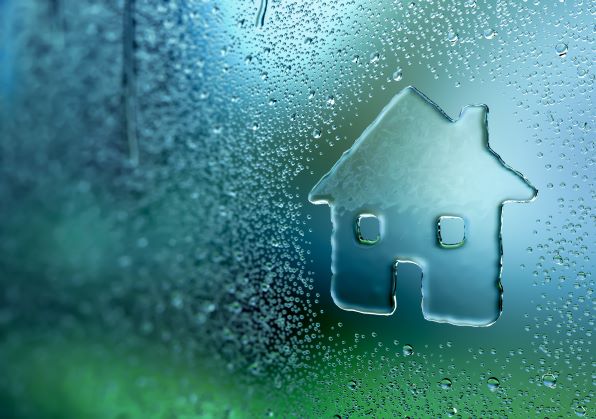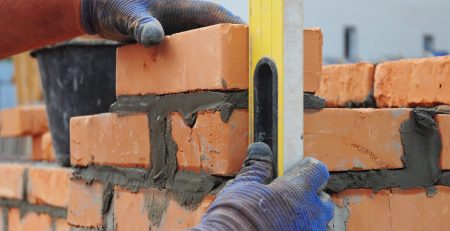5 Ways to Stop Condensation in Your Home
Condensation occurs when warm air contacts cold surfaces, or when a large amount of humidity exists. At home, many activities contribute to the release of warm moisture in the air which quickly turns to water.
It tends to be worse in winter as our windows are usually closed, and the heating is generally cranked up. Leaving condensation simply isn’t an option, as it can turn into black mould, which as well as being awful to look at, can also lead to health problems.
It would be best if you cleaned up condensation as you see it. However, it’s better to deal with and prevent the problem in the first place. This guide, written by London Property maintenance and damp treatment specialists Aspect.co.uk, explains different areas of your home that can suffer, and what you can do to remedy it.
Condensation at Home – Sources and Solutions
The most common causes of condensation at home are from everyday activities like cooking, drying out washing, not opening windows, ironing and even leaking appliances. Here is what you can do to stop it from becoming a problem.
- Cooking. While humidity is essential in the cooking process and keeps food moist, the moisture is released into the air, becoming condensation. To reduce the amount being released during boiling, cover your pans with lids, or operate your extractor hood if you have one. You could also consider having an extractor fan installed with a built-in humidity sensor.
- Drying Washing Inside. Drying wet laundry indoors can increase the moisture content in a room by up to 30%. If mould grows or dust mites collect, this can cause health problems. Bacteria, fungus and viruses also worsen asthma or cause respiratory problems. Aim to dry laundry outside, or in a tumble dryer. Failing that, choose a well ventilated indoor space that’s away from bedrooms or living spaces, and keep doors closed.
- Leaving Windows Shut. Leaving windows closed traps humid air in the room. Therefore, open your windows for a couple of hours a day to release it. This reduces the chances of damp forming. While you’re sleeping, you should also leave your window ajar.
- Ironing. Steam irons are a great way to produce crease-free clothes, but they can create much condensation. To reduce the amount you make, set your iron on eco mode, or install a new ironing board cover to trap some of the moisture. Board covers also exist which collect water in a collector underneath.
- Leaking Appliances. Fridges, ovens and tumble dryers give off condensation when in operation. With fridges, reasons for this might be due to an ice build-up, faulty seals, a blocked drainage hole, the wrong temperature being set, or the fact the appliance is unlevel. Condensation can be lowered when cooking by defrosting food beforehand, replacing faulty door seals or leaving the door ajar after cooking. If your tumble dryer is producing too much warm air, make sure there are no blockages or consider installing a vent flap and booster. You also might want to consider rediverting the vent directly through an outside wall. Finally, make sure the room is the right size for the make of dryer.











